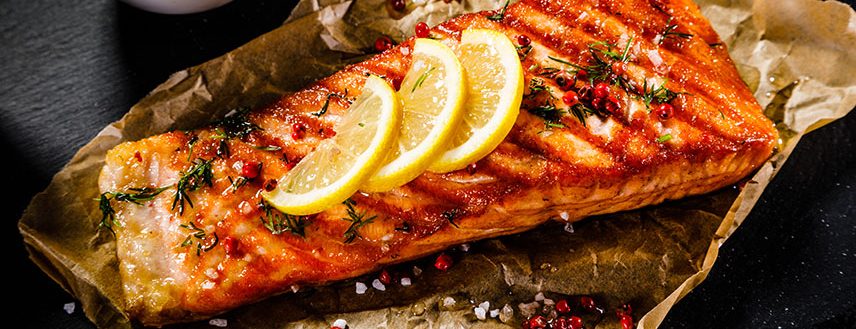
With the ocean accounting for over 70% of the Earth’s surface, it’s no wonder they say there are plenty of fish in the sea. However, not all seafood is created or harvested equally. Healthy seafood options that are low in mercury and sustainably harvested are not as abundant as the ocean is vast. Figuring out the best options is important for adults who seek to include seafood as part of a well-rounded and nutrient rich diet.
Most recent dietary guidelines issued within the U.S. recommend adults consume around eight to 12 ounces of a variety of seafood each week. Keep in mind, this recommendation may shift for children, as well as women who are pregnant or nursing. Be sure to always review the most recent guidelines for your specific circumstance. That said, seafood generally is high in protein, rich with nutrients, all the while maintaining low levels of saturated fat. No wonder why it’s advised we eat seafood weekly!
If you are on a mission to include healthy, low-mercury, sustainable seafood in to your weekly meal plan – keep reading. The following healthy seafood options check all the boxes:
Salmon
When speaking of healthy seafood options, Salmon always makes the list. This is primarily because salmon is abounding with Omega-3 Fatty Acids. Research indicates that Omega-3 Fatty Acids may help with the following health conditions:
- Relieving symptoms of rheumatoid arthritis
- Reducing triglyceride levels
- Reducing anxiety in healthy individuals
- Reducing inflammation
- Preventing heart disease
When choosing Salmon, you will quickly discover there are many options, with the source of the fish often being a deciding factor. The debate of wild salmon versus farmed salmon is quite heavy. Many argue that wild caught salmon from Alaska holds the top spot on the hierarchy of healthy salmon options. However, farmed raised salmon from farmers who have the health of the fish, the environment, and the consumer in mind may also provide a healthy and appealing product.
Bivalves
If you are interested in an alternative to the fish fillet, consider a bowl of bivalves instead. Oysters and Mussels, both classified as bivalves (that is – a mollusk with a hinged shell), offer some surprising health benefits.
Oysters provide consumers with vitamin D, vitamin B, selenium, zinc and omega-3 fatty acids. Mussels are low in calories and fat; and high in protein, iron, and zinc. Both mussels and oysters are considered sustainable and believed to be generally low in mercury. In other words, these little sea creatures are packed full of the good stuff without much of the bad stuff.
Sardines
Oily, dense, and often a bit fishier than the rest – sardines may not be quite so glamourous as the other fish in the market. However, the health benefits could be worth giving this fish a fair chance. Sardines offer Omega-3’s, calcium, and vitamin D. Some research indicates the protein in sardines may aid in reducing insulin resistance. Additionally, sardines contain selenium, which has powerful antioxidant properties. With such strong health benefits, it’s time to give these little fishes another shot.
In addition to the above list, there are many other amazing and healthy seafood options available. The most important takeaway: the investment in your health is worth the research. Finding options that are both good for you, and good for the environment, is possible. With a little bit of effort and a taste for adventure, your weekly meal prep list just got a lot healthier, and even more delicious.
Sources:
https://www.epa.gov/fish-tech/epa-fda-advice-about-eating-fish-and-shellfish
https://nccih.nih.gov/health/omega3
https://nccih.nih.gov/research/results/spotlight/072811.htm
https://www.healthline.com/nutrition/11-healthy-iron-rich-foods




